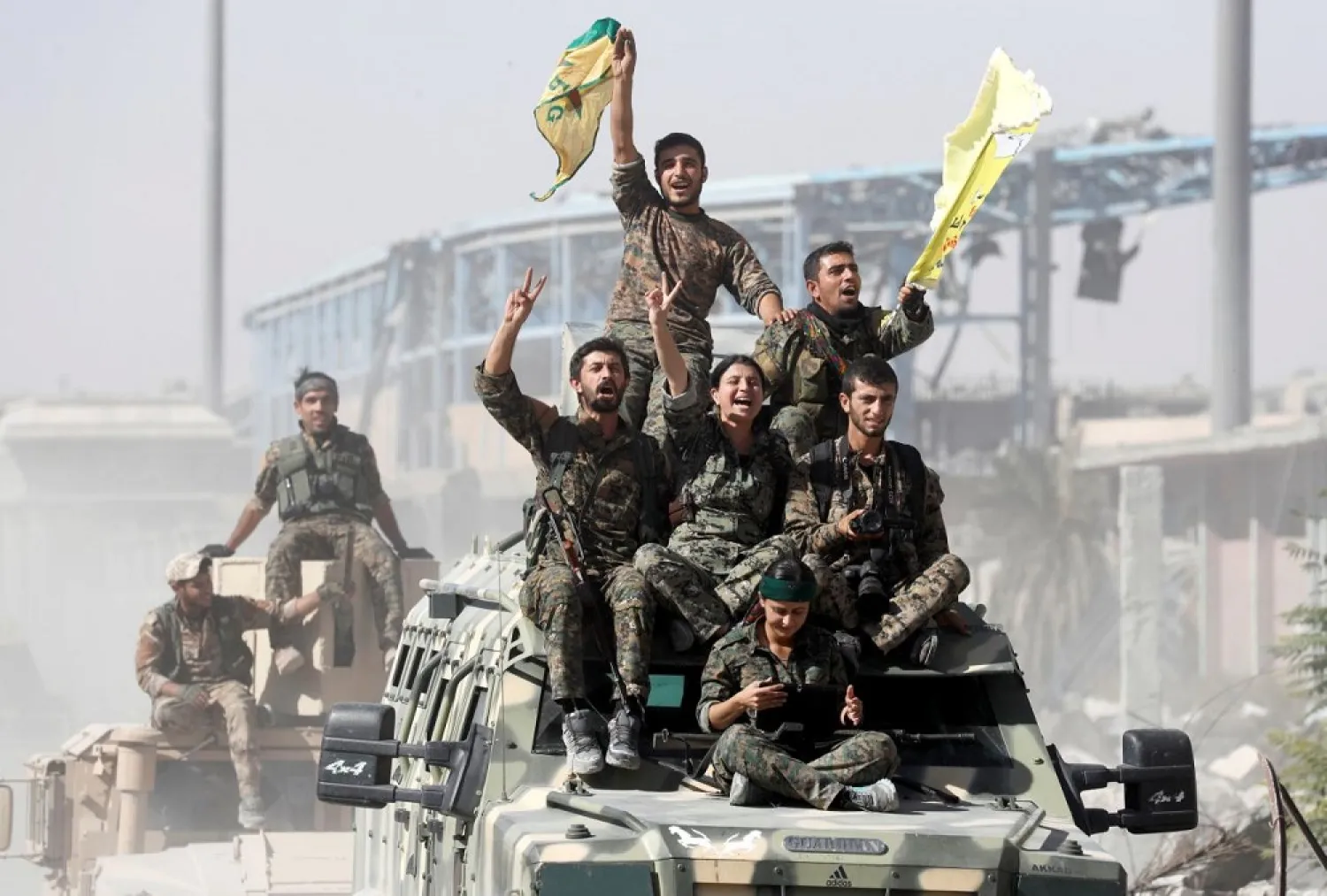U.S. Plans to Fold SDF into Syrian Army—So Why Fund It in 2026?

The Pentagon’s 2026 budget for Syria allocates $130 million to support its vetted local partner forces despite the March 2025 framework agreement, which committed to integrating the Syrian Democratic Forces (SDF) into the newly established Syrian national army.
Context: This is a 12% decrease compared to 2025. Roughly half of the allocated funds—$65 million—is set aside as stipends for up to 19,000 fighters. These stipends cover five categories: frontline SDF combat units, Kurdish-led commando companies, Arab-majority Syrian Arab Coalition forces, the Internal Security Forces (ISF) that police areas under the Autonomous Administration of North and East Syria (AANES), the provincial ISF guard corps securing ISIS detention facilities, and the Syrian Free Army garrison stationed in the U.S.-backed enclave at al-Tanf along the Iraqi-Jordanian border. The average monthly stipend amounts to $285 per fighter, with flexibility for commanders to adjust payments for high-risk roles or surge deployments—provided the total force size stays within the 19,000-person ceiling.
An additional $15 million is earmarked for operational sustainment. Of that, $7.4 million (48%) is designated for the Syrian Free Army at al-Tanf, $4.4 million (29%) for SDF forces, and the remainder for internal security and prison guard units.
Analysis: The new budget has sparked debate across Syrian and Kurdish media circles, especially given the U.S.’s declared commitment to fold the SDF into a reconstituted Syrian army. Some observers interpret the continued funding as a sign of U.S. endorsement for the SDF, while others see it as a contradiction—especially after Washington signaled that Damascus would soon assume responsibility for the ISIS detention centers, a move Syrian government supporters framed as the U.S. abandoning the SDF.
But interpreting U.S. intentions based on a single budget line risks oversimplifying a more complex reality. The key to understanding this allocation lies in recognizing it as a contingency planning measure rather than a political statement. The Pentagon submitted the request on June 25, 2025—four months ahead of the scheduled integration of the SDF into Syrian defense institutions. In budget terms, they planned for potential slippage.
This approach mirrors how Washington managed the transition of Peshmerga stipends in Iraq. Even after an agreement was reached for Baghdad to absorb Peshmerga payrolls, U.S. funding continued until the 2026 budget phase-out, ensuring there were no financial gaps during the handover.
In short, the 2026 Syria allocation is not a vote of confidence or rejection—it’s a hedge. If integration proceeds on time and U.S. vetting requirements are met, the funds can be withheld or reprogrammed. But if the process stalls, the U.S. retains the capacity to maintain security operations, especially around high-risk facilities like ISIS prisons. The money can always go unused—but if it isn’t budgeted in advance, it can’t be spent even in an emergency.








